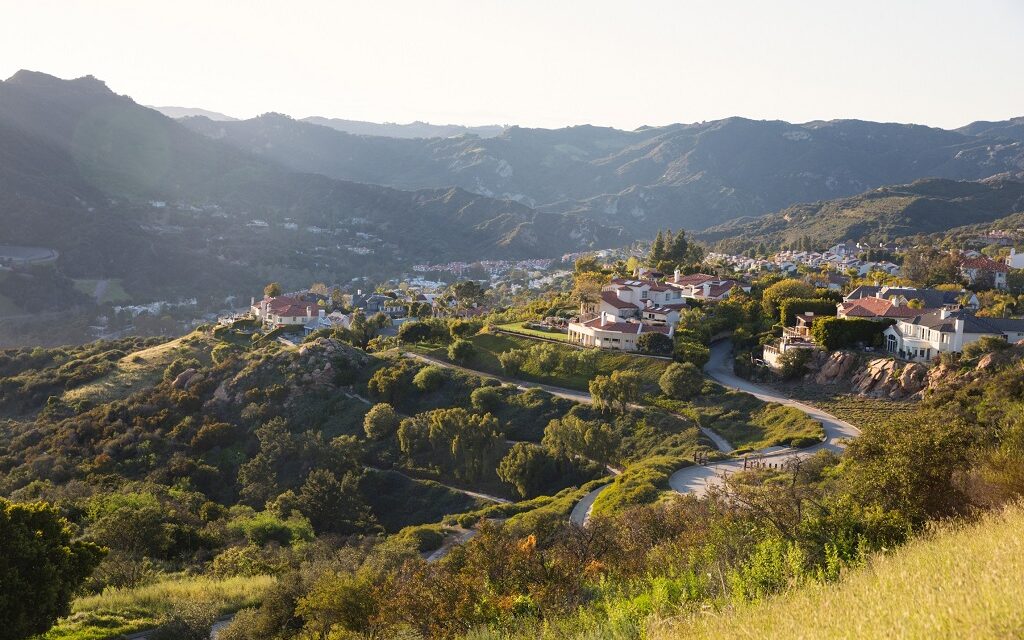Recent weeks have been filled with bad news for homeowners in high wildfire risk areas of California. Two major insurance carriers, Allstate and State Farm, announced that due to wildfire risks in California, they will no longer be writing new home policies in the Golden State. Many homeowners have also seen the premiums on their existing homeowner’s coverage double, and in some cases, triple!
In this article we focus on options and new technologies that can help homeowners dissuade a carrier from canceling their homeowner’s policies due to fire risks. As important, these solutions will also serve as a means to protect your largest asset, your home, against the threat of wild fires, no matter your level of insurance coverage.
For homeowners not living in a high-risk wildfire zone, these ideas are also relevant for addressing other types of natural risks that may negatively impact your homeowner insurance coverage. In particular, we highly recommend that all homeowners stay abreast of the most common reasons home insurance companies may deny coverage in your given market.
Table of Contents
- National Trends for Homeowners Insurance
- California Policies Canceled
- How the California Insurance Commissioner is Addressing the Issue
- Options for Homeowners in Wildfire Risk Areas
- Larger Implications for the Rest of the United States
- Homeowners Insurance Resources
Also see:
National Trends for Homeowners Insurance
The national trends pertaining to homeowners insurance are not good, as the Wall Street Journal recently published that AIG (who had already reduced coverage in California) has stopped writing new homeowner policies for affluent customers in approximately 200 zip codes across the US, located within the following states: Colorado, Delaware, Florida, Idaho, Montana, New York, and Wyoming. A key point to call out is that these markets include states that have not historically been categorized as “high risk”.
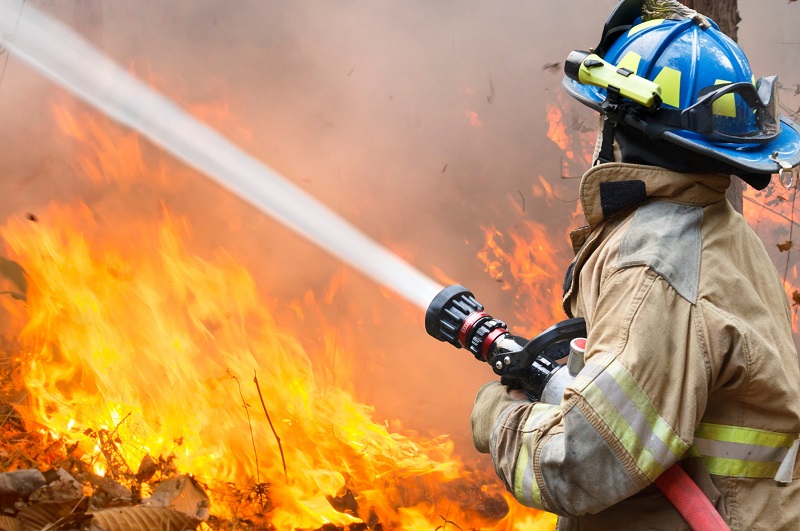
Not surprisingly, many homeowners in other parts of the country are already familiar with insurers raising rates, and even retreating from markets after incurring record-breaking costs due to major natural disasters, such as hurricanes.
In addition to California, other states to monitor to understand how homeowner insurance issues may arise in your locale include: Florida, Louisiana and Texas.
Besides rising costs to insure against natural disasters, other factors are often in play, such as proliferating roofing insurance scams in Florida, risky financial incentives that lured smaller insurance companies back to Louisiana after Hurricane Katrina, and state regulatory restrictions on how insurers can adjust rates to cover rising costs.
In tandem, the following variables are all driving homeowner insurance premiums upwards in most, if not all, markets:
- Rising Costs of Construction (both materials and labor)
- Increasing Home Values (when a percentage is used to calculate premiums)
- Rising Costs of Reinsurance (“insurance for insurance companies”)
- Fewer Insurers
- Aging Home Inventory
These multifaceted issues add to the complexity of maintaining stable and affordable insurance markets for homeowners, insurers and state-backed “last resort” programs. Though all homeowners should stay abreast of their local insurance market, homeowners with mortgages need to stay especially aware of the status of their insurers. Specifically, homeowners with federally backed mortgages (Fannie Mae and Freddie Mac) will need to change the carriers of their homeowner policies if the financial rating of their insurer does not meet Property Insurer Rating Requirements.
Going forward homeowners in all markets have the following options:
- Pay More for Insurance
- Reduce Premiums by Limiting Coverage
- Choose a State-Endorsed Insurer of “Last Resort” (currently available in 33 states and DC)
- Forego Coverage (if not holding a mortgage)
In parallel, homeowners need to educate themselves on the most common reasons local carriers deny coverage, and address what is in their control:
- High-Risk Location
- Hazardous Home Features
- Major Unrepaired Damages or Maintenance Issues
- Home is Being Used for a Business
- Age of Your Home
- Age of Your Roof
- Type of Roof
- Structure Type
- Claim History of the Home (including previous homeowners)
- Your Claim History
- Breed of Dog
- Credit Score
California Policies Canceled
Although the decision was officially made in November of 2022, Allstate and State Farm, two of California’s largest insurance providers, just recently announced to the public that they will no longer write new homeowner policies in the state.
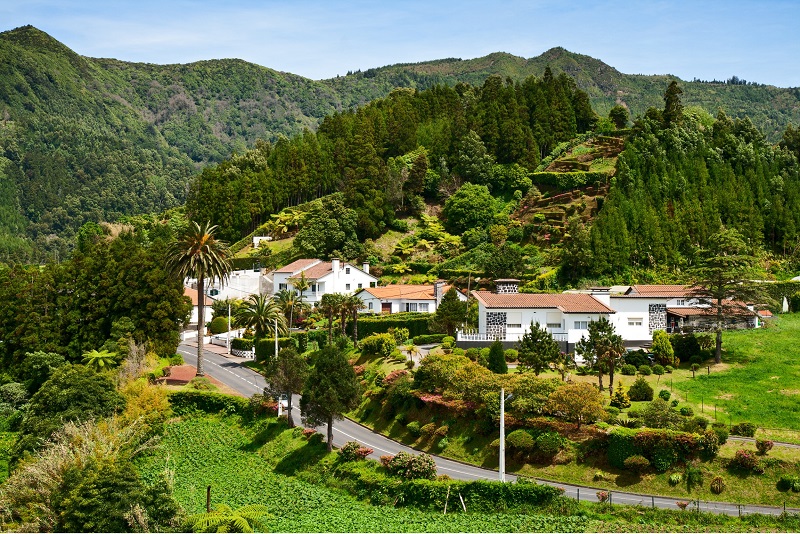
Both insurance companies listed “climate change and inflation“ as the primary reasons for the decision.
However, consumer advocate Harvey Rosenfield believes otherwise.
Rosenfield, a lawyer and founder of the advocacy group Consumer Watchdog, is the author for Proposition 103, a 1988 California mandate that requires insurance carriers to receive “prior approval” from the California Department of Insurance before implementing property and casualty insurance rates.
This 35-year-old regulation is perhaps the impetus behind the current flight of the state’s two major insurance carriers. Allstate and Sate Farm are asking for an increase of 40% and 28% respectively of their current homeowner rates.
Rosenfield calls Allstate and State Farm’s moves as “extortion” and says that Ricardo Lara, the current Insurance Commissioner, needs to step in and tell both carriers that if they want to continue doing business in California that they need to sell homeowners insurance policies as well.
Rosenfield states:
“If (Lara) does not enforce the law, this will become a tsunami and it will have a devastating effect upon California consumers and the economy.”
So, what effect will this have on Californians and the nation at large? If insurance providers can pick and choose the type of coverage they will offer by state, or potential disaster zone, consumers will be left with fewer options, or worse. The lack of competition will mean exorbitant rates for the few providers that are willing to offer coverage for calamities, such as fire, flood, hurricanes, and tornadoes.
How the California Insurance Commissioner is Addressing the Issue
In an effort to help homeowners impacted by these events, Purgula contacted the California Department of Insurance Commissioner, Ricardo Lara, to inquire what his plans are for stemming the flight of top insurance companies from the state and skyrocketing premiums for high wildfire risks areas.
We also asked him to address the appearance of price gouging and unwarranted premium increases that consumers are experiencing, an apparent method that insurers are employing to get existing policyholders to “self-select out” to an alternate carrier.
According to a press release by the California Department of Insurance, the Commissioner is taking several actions to address both the short- and long-term factors to create lasting solutions for Californian homeowners.
The press release cited the following actions by the Department of Insurance as measures to secure insurance coverage options for California homeowners:
- Proactive Outreach to Insurance Companies
- Rate Filing Approvals and Market Conduct Reviews
- FAIR Plan Reforms
- Safer from Wildfire Regulations
Proactive Outreach to Insurance Companies
Commissioner Lara continues to outreach to insurance companies proactively to write more business in California so consumers continue to have available coverage options in the face of continued climate change. These discussions are on-going.
Rate Filing Approvals and Market Conduct Reviews
Department experts are closely scrutinizing insurers’ submitted rate filings to ensure any approved rates are justified and to make sure consumers are not paying more than necessary for their coverage. These reviews promote fairness, transparency, and accountability within the insurance marketplace. Department rate filing approval times for non-intervened filings averaged just over six months between 2015 and 2022.
FAIR Plan Reforms
Commissioner Lara is reforming the FAIR Plan to expand its coverage options and ensure affordability for policyholders, including expanding residential and commercial coverage limits for the first time in 25 years to keep pace with increased costs. His agreement with the FAIR Plan increases its commercial coverage limit to $20 million for businesses unable to find coverage in the normal insurance marketplace.
Safer from Wildfire Regulations
Safer from Wildfire Regulations are mandates for insurance companies to recognize and reward wildfire safety and mitigation efforts made by homeowners and businesses.
Lara’s new regulation requires insurance companies to submit new rates that recognize the benefit of safety measures, such as:
- Upgraded Roofs
- Upgraded Windows
- Defensible Space
- Memberships in Community Programs
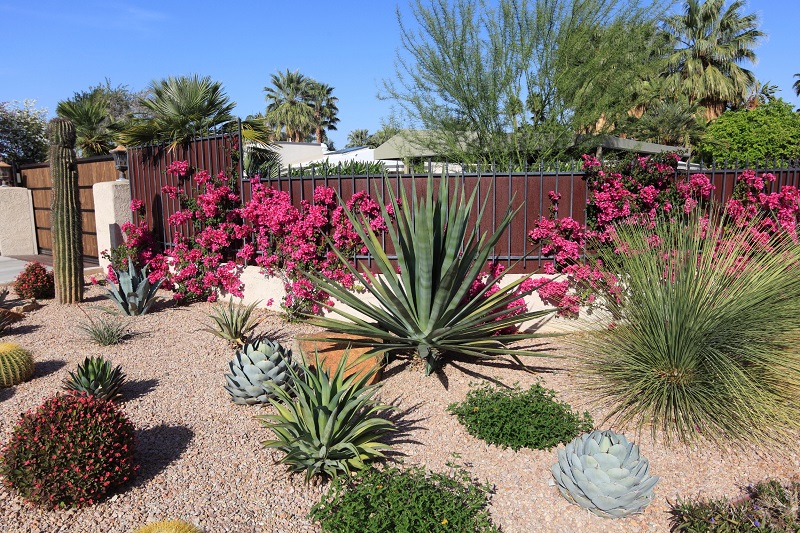
Two example community programs are Firewise USA and the Fire Risk Reduction Community designation developed by the state’s Board of Forestry and Fire Protection.
The regulations further require insurance companies to provide discounts to consumers that meet various elements of the Safer from Wildfires framework and to provide consumers with their property’s “wildfire risk score”, including a right for consumers to appeal that score.
Options for Homeowners in Wildfire Risk Areas
The last point in Commissioner Lara’s actions implies that homeowners should challenge insurers on inaccurate “wildfire risk scores”, especially once they have implemented fire protections in and around their properties that will mitigate their overall risks of a total loss.
There are several options currently available that we believe meet this criteria:
- Firescaping
- Disaster-Resistant Home Construction
- BrandGuard Ember Resistant Vents
- Barricade Fire Gel Retardant (Manual Outdoor Fire Retardant Systems)
- FrontLine Wildfire Defense (Automated Outdoor Fire Retardant Systems)
Also see:
Firescaping
Firescaping is a landscaping technique aimed at protecting homes from wildfires by strategically placing fire-resistant plants, shrubs and trees, as well as fire-resistant hardscaping structures, to minimize the spread of fire within three surrounding zones of a home:
- Zone 0: The Ember-Resistant Zone(0 to 5 feet from home)
- Zone 1: The Lean, Clean and Green Zone(5 to 30 feet from home)
- Zone 2: The Reduced Fuel Zone(30 to 100 Feet from home)

The goal of firescaping is to create a defensible space that acts as a barrier between a house and surrounding vegetation, reducing the likelihood of ignition, while also providing firefighters better access and chances of mitigating flames. Regular firescaping maintenance, including pruning trees and shrubs, removing dead vegetation, and removing combustible materials within five feet of your home’s structure is critical.
Plants with high moisture content and minimal flammable oils or resins are highly effective at creating a buffer that will slow down the spread of fire, as well. Wide gravel-based perimeters around one’s home is another effective layer of defense against wildfires.
Disaster-Resistant Home Construction
Disaster-resistant home construction refers to design and construction practices used to enhance a building’s ability to withstand and mitigate the impact of various natural threats and disasters. These disasters can include hurricanes, earthquakes, floods, wildfires, and tornadoes. The goal of disaster-resistant home construction is to minimize damage to the structure while protecting occupants during such events.
Fire-Resistant Construction Basics – Interview with The Weather Channel
Key elements of disaster-resistant home construction include:
- Fire Resistant Materials
- Firescaping
- Sprinkler Systems (indoors and outdoors)
- Foundation and Structural Design
- Wind and Impact Resistance
- Flood and Water Resistance
- Seismic-Resistant Features
- Highly Durable Storm Shelters
- Proper Insulation and Ventilation
- Robust Electrical and Utility Systems with Backup Power Sources
- Integration with Community Planning and Emergency Response Teams
- Advanced Security & Weather Monitoring Systems with Remote Access
Fire resistant construction incorporates materials with high fire resistance, such as fire-resistant roofing, exterior cladding, and non-combustible materials, in tandem with automated sprinkler systems, a safe electrical system, proper storage facilities for combustible supplies like paints and cleaners, and firescaping with external firebreaks.
Also see:
BrandGuard Ember Resistant Vents
The brainchild of a Southern California Firefighter, Brent Berkompas, BrandGuard Ember Resistant Vents prevent embers from entering a structure through its most vulnerable points.
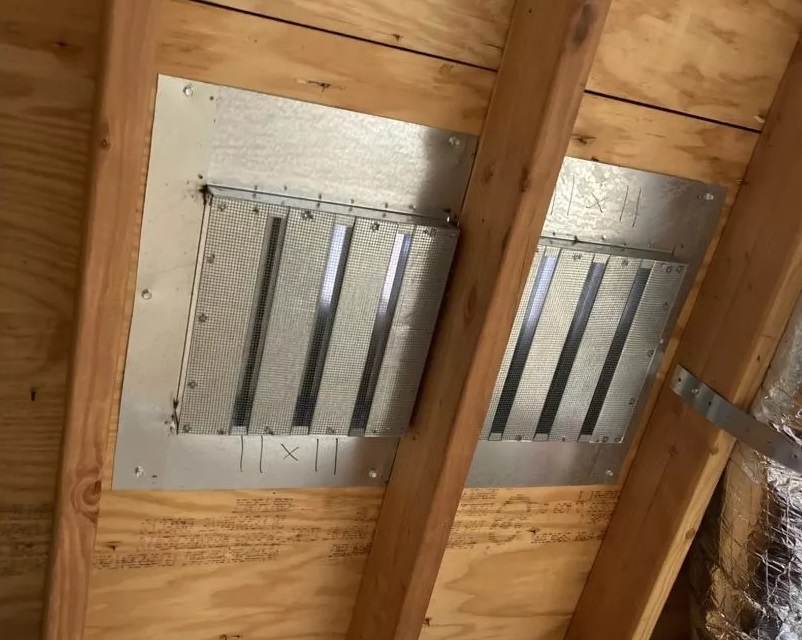
BrandGuard Ember-Resistant Sub-Flashing Vents
Berkompas saw firsthand how thousands of homes were affected during various firestorms that he worked as a veteran firefighter for the City of San Bernadino. As he watched embers fly directly into homes via ordinary mesh vent openings, Berkompas knew that these points of entry could be reengineered to prevent future conflagrations.
BrandGuard Vents have a patented baffle mesh front design, which means that air can continue to move freely as it should, but embers are trapped and prohibited from entering the interior of the structure. The proprietary material used in these vents expands and seals off the vents only if high heat and extreme flames are nearby.
Vents are constructed of 26 gauge metal which resists heat and flames, and thus protects homes especially during a firestorm when hot embers may leap from one house to another.
Barricade Fire Gel Retardant
Barricade Fire Gel Retardant enable homeowners to spary a water/gel coating to the outside structure of their home in front of an approaching wildfire, before retreating to a safe area. When mixed with water at the end of a garden hose, superabsorbent polymers in a gel concentrate trap water molecules and suspend them into millions of “tiny bubblets”.
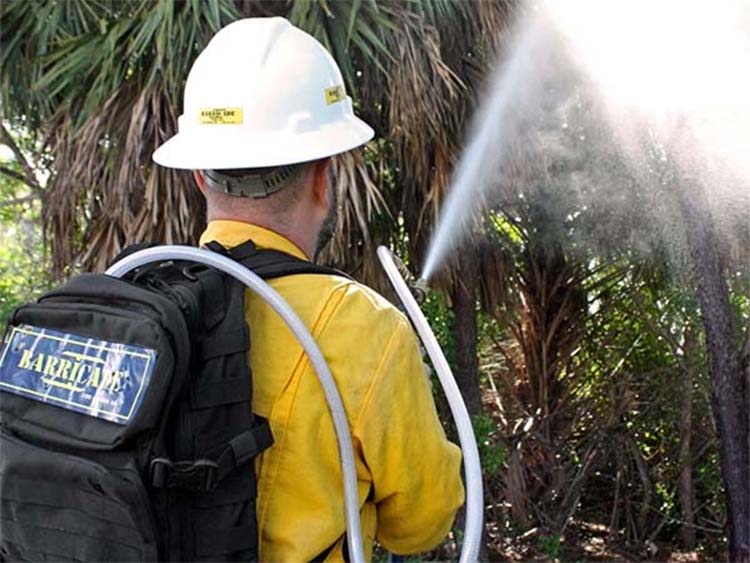
Barricade Fire Gel Retardant in action
When spraying the solution onto flammable surfaces of roofs, windows, eaves and walls of a house, a “wet blanket” wrap of Barricade Fire Gel Retardant can be applied up to 24 hours before an approaching wildfire reaches one’s property.
Homeowners have time to evacuate safely, while firefighting resources can be focused on the wildfire rather than on the already protected structures. After usage, Barricade can be washed off with plain water after the fire danger has passed.
FrontLine Wildfire Defense System
The FrontLine Wildfire Defense System is an advanced outdoor sprinkler technology designed to help combat wildfires and prevent fire damage to residential properties. The system incorporates early detection mechanisms, such as remote sensors and aerial surveillance, to identify fire outbreaks at the earliest possible stage.
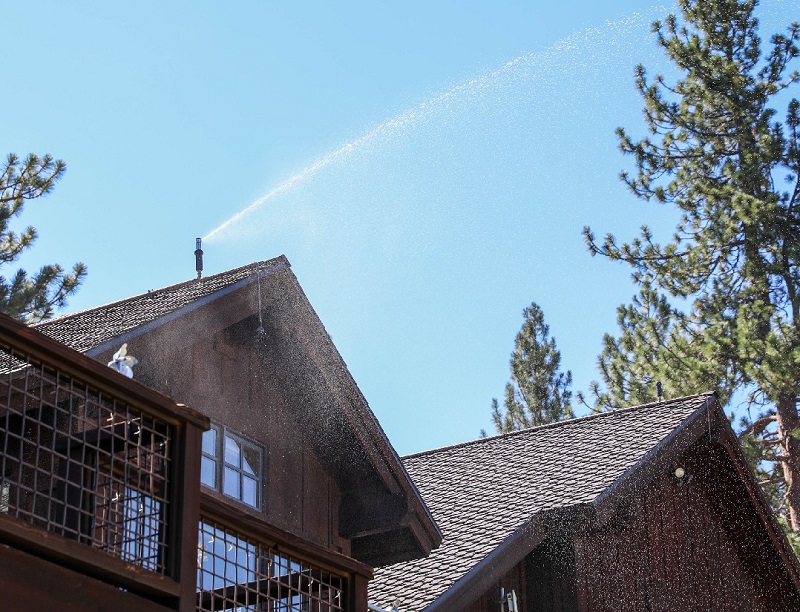
FrontLine Wildfire Defense System in action
Once a wildfire is detected, the FrontLine system utilizes a combination of techniques to suppress and control the fire. These include the use of fire-resistant barriers, strategically placed water sprayers, and specially designed fire retardants. These tools help create defensible zones and slow down the progression of the fire, giving firefighters more time to respond effectively.
One key aspect of the FrontLine’s system is its integration of data analytics and modeling. By analyzing weather patterns, topography, and historical fire behavior, the system can generate predictive models to anticipate wildfire behavior and support decision-making for firefighting operations.
Larger Implications for the Rest of the United States
Although the current insurance carrier flight issue appears to be a California-centric situation, homeowners in other parts of the United States need to heed this as warning of what may happen in their respective regions.
The California Department of Insurance is aware that there’s been an increase in non-renewals and understands that residential insurance is getting harder to acquire in areas identified as having a higher-than-average risk of wildfire.
However, the department doesn’t have the legal authority to tell insurers what level of risk they must take on or where they must issue insurance. Nevertheless, they do plan to monitor diligently the decisions made by insurers are consistent and based on considerations of risk, and not other biases.
That said, it is incumbent that homeowners proactively invest in their homes and communities to make them safer against wildfires, and thus more valuable and cost-effective to own. We are optimistic that in due time the marketplace, including insurers, will reward their efforts by pursuing these two opportunities:
Homeowner Incentives for Fire Abatement
From our experience as homeowners, we feel that both the insurance industry and local governments do a poor job educating and providing homeowners and communities (e.g. HOAs) incentives to invest in better safety products and practices.
Said another way, the best type of education is offering financial incentives for homeowners to adopt more effective safety measures. Financial incentives can be in terms of subsidized pricing and reduced rates.
In abstract terms, we would like to see a greater percentage of homeowner dollars shifting from insurance premiums into products that will make homes safer, which would warrant lower insurance rates. Insurers’ revenue from premium payments would decline, but their net earnings should improve over time with fewer fire incidents, fewer claims and lower payout amounts.
Community Safety Ratings
Our current understanding of how fire safety enhancements are being received by insurers is that they are placing too much of an emphasis on the aggregate safety rating of your immediate community.
In other words, your rates may not be reduced with fire safety enhancements if your neighbors are not implementing similar measures. This is terribly shortsighted and data-challenged given the wide-range of damage that can occur between a “fire-resistant home” and a “highly-combustible home”.
Regardless of how individual properties are assessed by insurers, communities have an opportunity to make their neighborhoods safer both in common areas, as well as with individual homes.
HOAs in particular should leverage collective buying power to enable homeowners to purchase fire safety products at lower rates. With high “fire-safety” adoption rates, homeowner insurance rates will decline for a given community, giving that particular community a competitive advantage in terms of safety and lower insurance premiums.
Homeowners Insurance Resources
- RiskFactor.com: Environmental Risk Factors for a Given Property (Flood, Fire, Heat, Wind)
- Top Ten Tips for Finding Residential Insurance
- Wildfire Ready for Homeowners
- State Insurers of Last Resort: How They Work & Which States Have One
- Mandatory One Year Moratorium on California Non-Renewals
- Consumer Alert on State Farm’s Decision
- California Commissioner Protects Coverage for Over 236,000 Homeowners Following Wildfire Emergencies
Recommended Home Safety Articles
- Researching a Neighborhood Before Buying a Home
- The Traits & Risks of Dangerous Trees: Is Your Property Safe?
- If You Own a Fireplace, You’ll Want to Read This
- Why You Should Never Lend Your Ladder to Your Contractor
- 18 Innovative Products to Make Your Home Pet-Friendly & Pet-Safe
- 9 Home Renovation Safety Tips
- Are Smart Meters Harmful to Your Health?
- How to Protect Yourself During Service Calls in Your Home
| Purgula is reader-supported. When you click on links to other sites from our website, we may earn affiliate commissions, at no cost to you. If you find our content to be helpful, this is an easy way for you to support our mission. Thanks! Learn more. |

